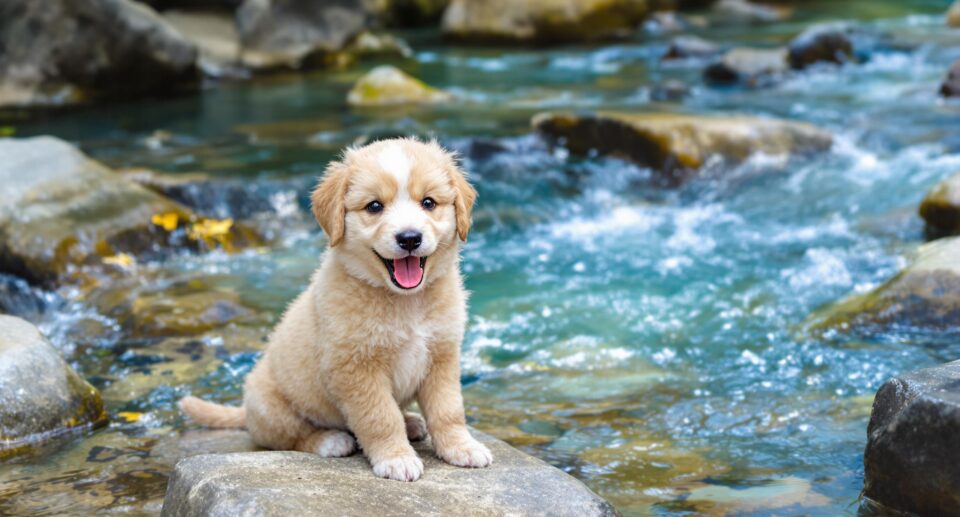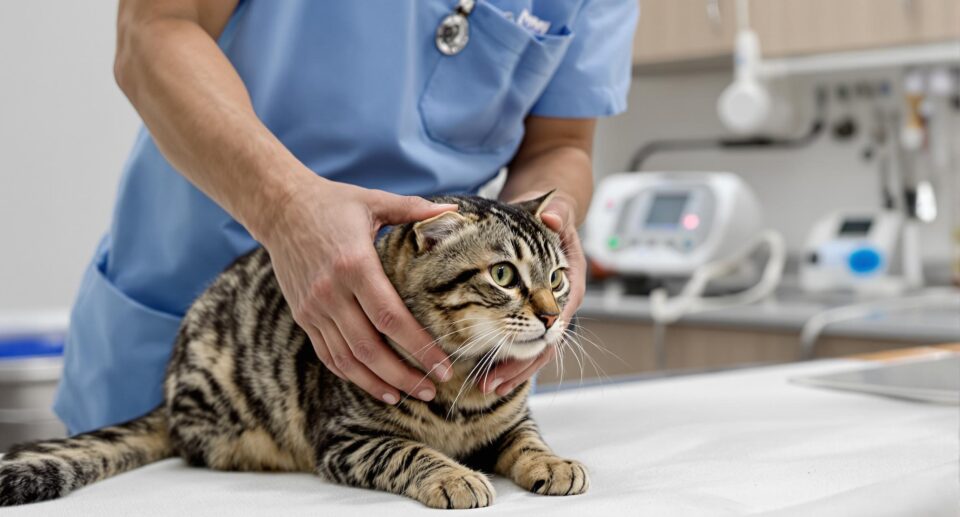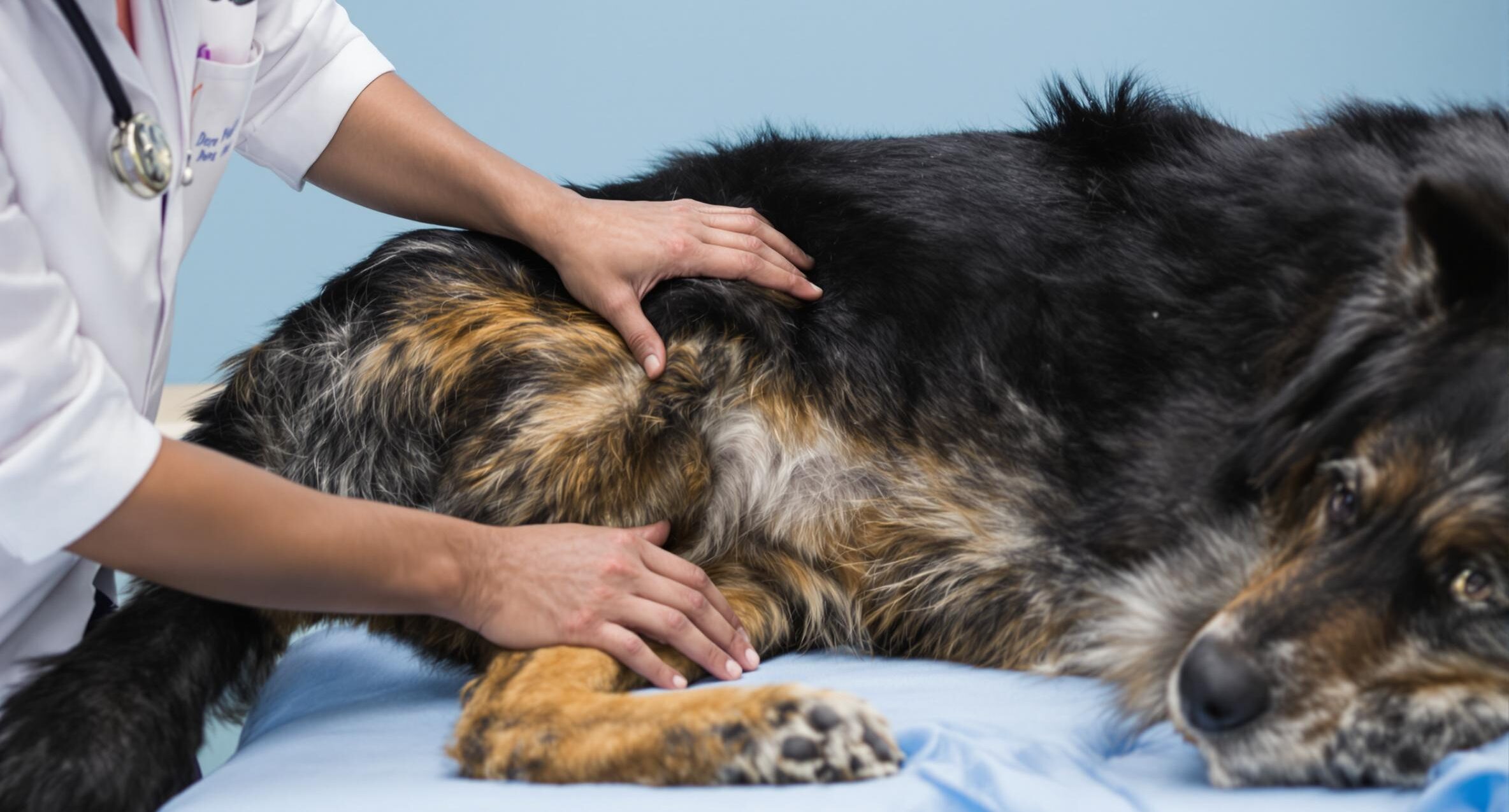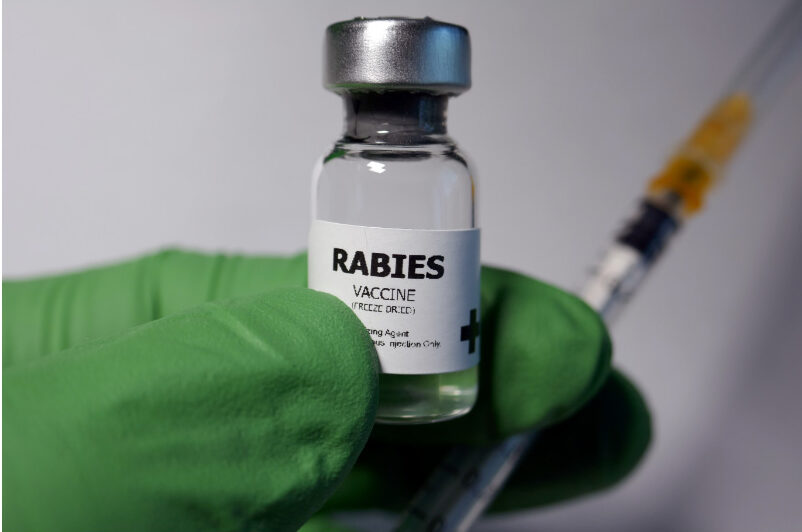
Key Takeaways
- Puppies start losing their baby teeth around 12 to 16 weeks old, making way for 42 adult teeth.
- Veterinary checkups during teething help detect issues early and support a smooth transition to adult teeth.
- Providing appropriate chew toys and beginning a gentle dental routine can ease discomfort and promote lifelong dental health.
Watching your puppy grow is full of exciting milestones and one of the biggest changes happens right in their mouth. Puppies start with 28 tiny baby teeth that eventually fall out to make room for their 42 adult teeth, a key step toward becoming a healthy adult dog.
Usually, puppies begin losing their baby teeth between 12 and 16 weeks of age. You may notice more chewing, mild fussiness, or slightly different breath, all normal signs of teething. Every puppy experiences this stage differently, but the right support can make it much easier. Establishing healthy dental habits early helps set your puppy up for strong teeth and gums throughout life.
Puppy Teething Timeline: Stages and Milestones
Understanding your puppy’s teething timeline helps you know what to expect and how to support them.
Birth to 2 Weeks
- Puppies are born without visible teeth.
3 to 8 Weeks
- Baby or deciduous teeth emerge.
- By 8 weeks, most puppies have 28 baby teeth.
12 Weeks
- Teething begins.
- Baby teeth loosen and fall out.
- Incisors are usually the first to go.
12 to 16 Weeks
- Canines and premolars fall out and adult teeth begin forming.
- It is common for puppies to swallow baby teeth, which is safe.
6 to 8 Months
- Most puppies finish teething by 6 months, though some take up to 8.
- Watch for retained baby teeth, which may require veterinary attention.
For teething friendly supplies, visit the Dog Dental Treats and Chews page.
How to Tell If Your Puppy Is Teething
Teething symptoms vary, but these are the most common signs:
- Swollen or red gums that indicate adult teeth are pushing through.
- Mild bleeding in the mouth or on toys.
- Increased chewing on toys or household items.
- Rubbing or pawing at the mouth due to irritation.
- Changes in appetite, especially with hard kibble.
- Extra drooling, which is typical but should not be excessive.
- Visible tooth loss or new adult teeth emerging.
Tips for Caring for Your Teething Puppy
- Offer soft, puppy safe chew toys. Chilling them adds extra relief.
- Freeze a clean washcloth for a gentle homemade teether.
- Replace worn chew toys to avoid choking hazards.
- Start a positive tooth brushing routine with pet safe toothpaste.
- Soften dry kibble with warm water if gums are tender.
To stock up on teething must haves, explore the Dog Oral Health category.
The Importance of Regular Veterinary Checkups
Veterinary visits during your puppy’s teething phase help ensure a lifetime of good dental health. The first dental exam typically occurs at 8 weeks, with follow ups every 2 to 3 months during teething.
At these visits, your veterinarian will:
- Check that baby teeth are falling out on schedule.
- Identify retained teeth or alignment concerns.
- Provide brushing tips and dental care guidance.
Seek immediate veterinary attention if you notice difficulty eating, excessive drooling, or signs of pain.
Frequently Asked Questions About Puppy Teething
Do all dog breeds teethe at the same time?
No. Most puppies teethe between 12 and 16 weeks, but small breeds may start a bit later.
Can teething affect my puppy’s behavior?
Yes. Puppies may be fussier or more tired. Changes are usually mild and temporary.
Is it safe for my puppy to chew on ice cubes?
Use caution. Ice cubes can be too hard or pose choking risks for small puppies. Crushed ice or frozen puppy toys are safer.
Should I change my puppy’s diet during teething?
Most puppies continue their regular food. Softening dry kibble can help if gums are tender.
Can teething cause bad breath?
Mild bad breath is normal. Strong or persistent odor should be checked by a veterinarian.
Do puppies get fevers from teething?
Teething does not cause fever, vomiting, or lethargy. These symptoms require veterinary evaluation.
How long does teething last?
Most teething symptoms ease by 6 to 8 months.
Teething Today, Strong Smile Tomorrow
Teething is a short but important part of your puppy’s development. With proper support, regular veterinary care, and a few comfort strategies, your puppy can transition smoothly into a healthy set of adult teeth.
If you need teething essentials, PetMeds offers convenient, vet-approved dental toys, toothpastes, and more to support your puppy’s oral health.





